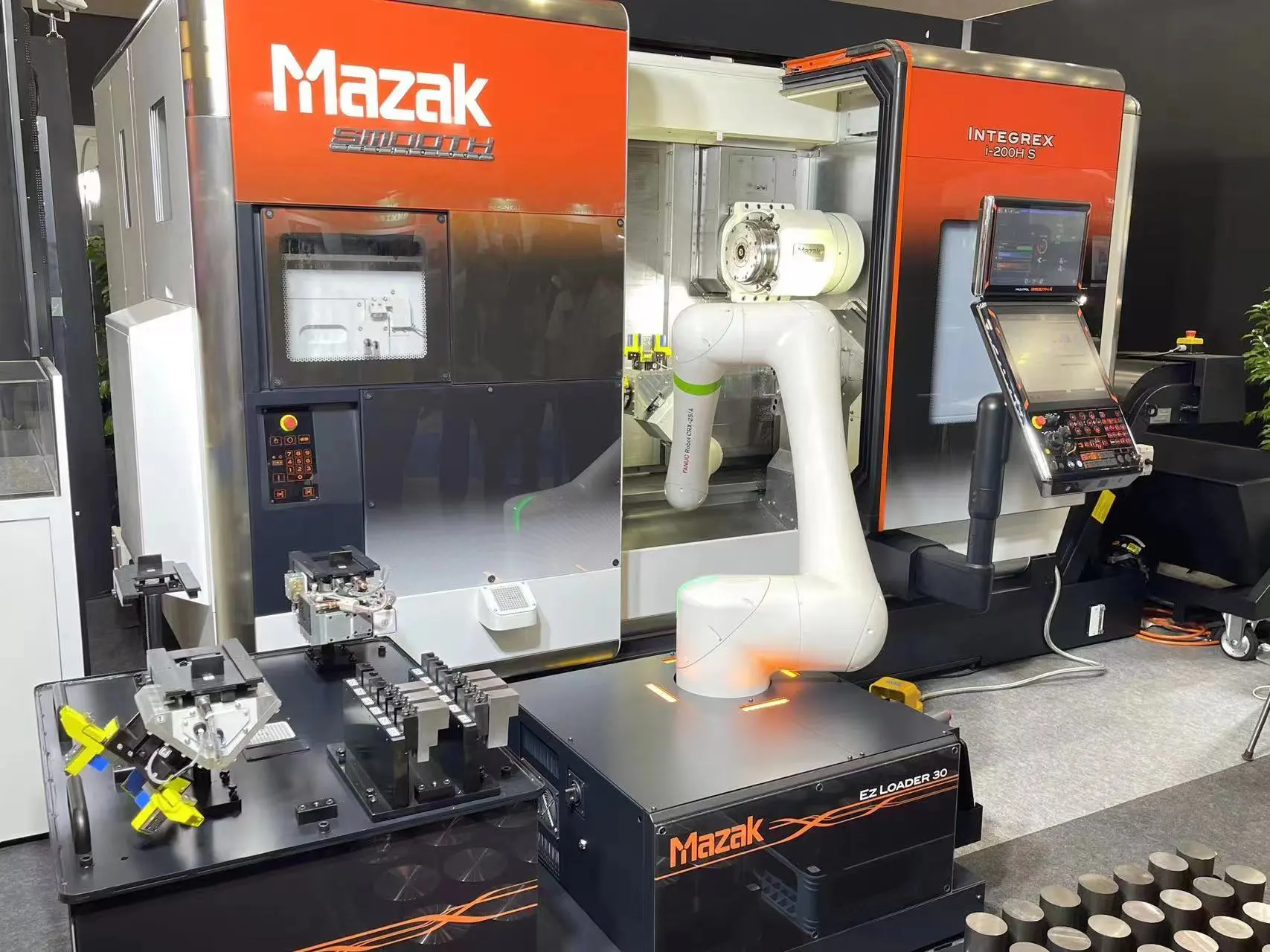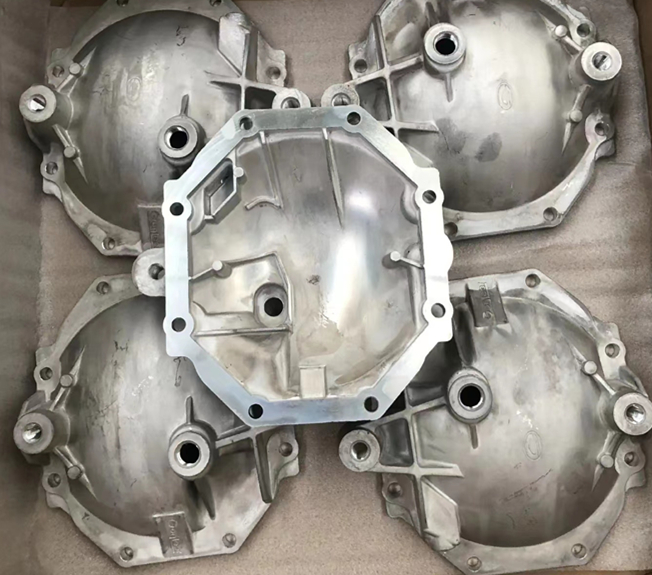Falcon’s ISO 13485-certified aluminum die casting ensures medical-grade precision for surgical instrument housings and drone motor mounts, achieving tolerances of ±0.005mm. Our automated systems with real-time thermal monitoring guarantee compliance with cleanroom standards, critical for FDA-approved devices16.
For automotive clients, ADC12 aluminum chassis components reduce weight by 18% while maintaining 320MPa tensile strength, supporting 50,000-unit/month batches with 72-hour turnaround. Rigorous CMM inspection ensures OEM compliance for Tesla and BMW supply chains110.
In robotics, 7075-T6 alloy joints undergo 10,000-cycle fatigue tests, reducing wear by 12% and extending lifespan to 5+ years. Custom 5G antenna heat sinks use hard-anodized 6061-T6 for 25% thermal efficiency gains.

Industry-Specific Expertise
Medical: ISO 13485-certified production for surgical tools, reducing defect rates to <0.1%6.
Automotive: 50,000-unit/month capacity for automotive precision aluminum die casting components with 72-hour turnaround.
Communications: High volume machining and production solution for aluminum pressure die casting parts.
Electronics: prototyping and volume production run for aluminum die casting heat sinks in a very quick turn.
Technological Edge
High-Vacuum Die Casting (HVDC): Eliminates porosity in drone frames using dual-channel vacuum systems.
Real-Time Thermal Monitoring: Ensures ±1°C temperature control for ADC12 electronics housings.
Material Versatility
1000+ Alloy Options: From A380 for automotive brackets to A360 for 5G enclosures, tailored for industry needs.
Sustainability & Cost Efficiency
Closed-Loop Recycling: 95% of scrap aluminum is reused, reducing costs by 20%.

Mold Preparation
Advanced Mold Design: Falcon uses AI-driven CAD simulations to optimize mold geometry for complex thin-walled parts, reducing porosity by 30%.
Material Innovation: Molds are coated with nano-ceramic release agents to minimize flash and extend mold lifespan by 50%.
Molten Aluminum Injection
High-Pressure Precision: Injection parameters (e.g., 640°C pouring temperature, 6.5 m/s piston velocity) are optimized.
Dual-Channel Vacuum Systems: Reduces gas porosity by 80% in automotive chassis and drone frames through ≤80mbar vacuum pressure.
Solidification & Ejection
Rapid Cooling Channels: Integrated cooling systems achieve 5-second solidification for thin-walled robotics joints, ensuring ±0.005mm tolerances.
Automated Ejection: AI-controlled ejector pins prevent part deformation, critical for medical implant housings.
Trimming & Finishing
Laser Trimming: Removes burrs with 0.1mm precision, ideal for 5G antenna enclosures and electronic connectors.
Surface Integrity: Post-casting CMM inspection guarantees <0.05mm dimensional variance for automotive components.
Lightweight: Aluminum is known for its low density, making die-cast aluminum components lightweight.
High Strength: Despite its light weight, aluminum die castings can possess high strength, contributing to the durability of the finished product.
Complex Shapes: The die casting process allows for the production of intricate and complex shapes with tight tolerances.
Excellent Thermal Conductivity: Aluminum has excellent thermal conductivity, making it suitable for applications where heat dissipation is critical.
Cost-Effective for Mass Production: Aluminum die casting is cost-effective for high-volume production, offering efficiency and reduced per-unit costs.
Corrosion Resistance: Aluminum naturally forms a protective oxide layer, providing corrosion resistance and enhancing longevity.
Recyclability: Aluminum is highly recyclable, aligning with sustainability goals and reducing environmental impact.
6061 aluminum can be die-cast, although it is more commonly used in other manufacturing processes like CNC machining. The die casting process for aluminum often involves alloys with better fluidity to fill the mold efficiently.
Tooling Preparation: Creating a mold, typically made of steel, that will be used to shape the molten aluminum.
Melting and Injection: Melting the aluminum and injecting it into the mold under high pressure, ensuring it fills the mold cavities.
Cooling and Solidification: Allowing the aluminum to cool and solidify, taking the shape of the mold.
Ejection: Opening the mold to eject the solidified aluminum part.
Trimming and Finishing: Removing excess material and performing any necessary finishing processes to meet design specifications.

Call
Address
#41 Jinlei Industrial Zone, Xiaotang Road, Youganpu, Fenggang, Dongguan